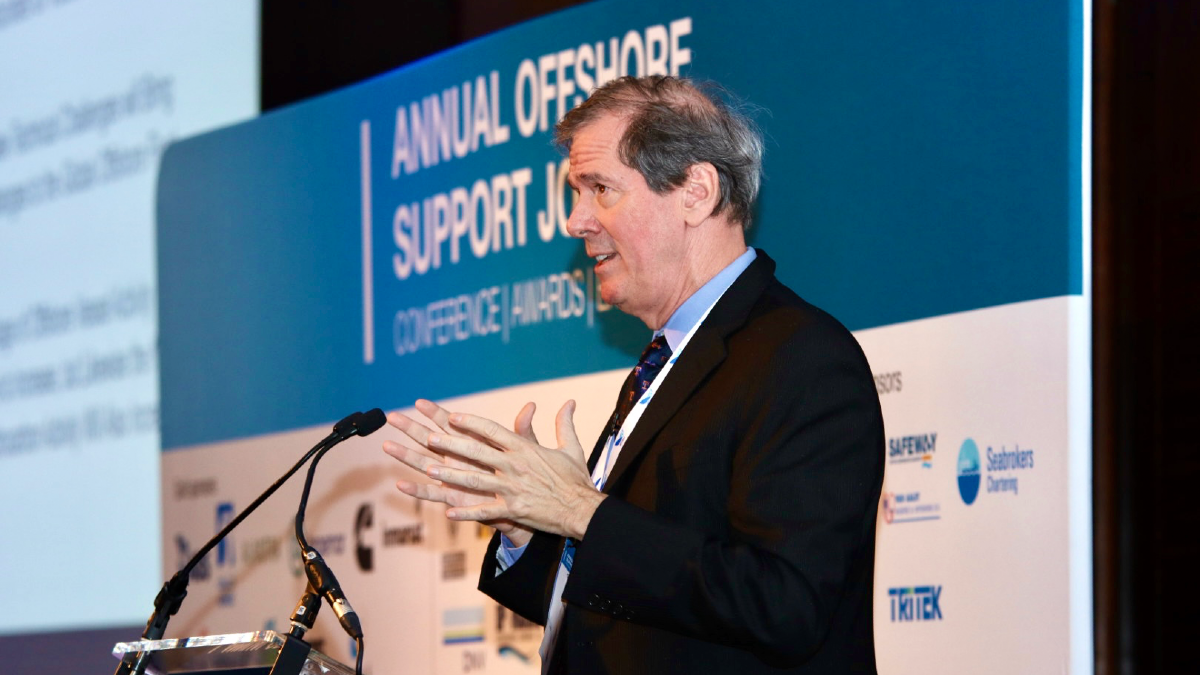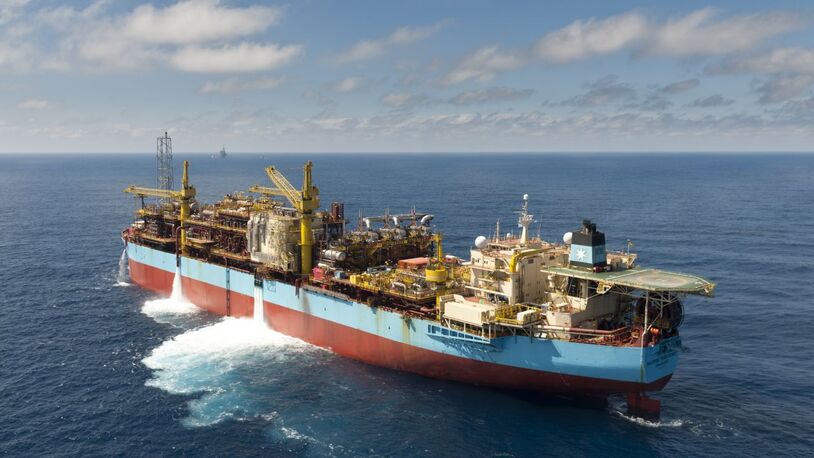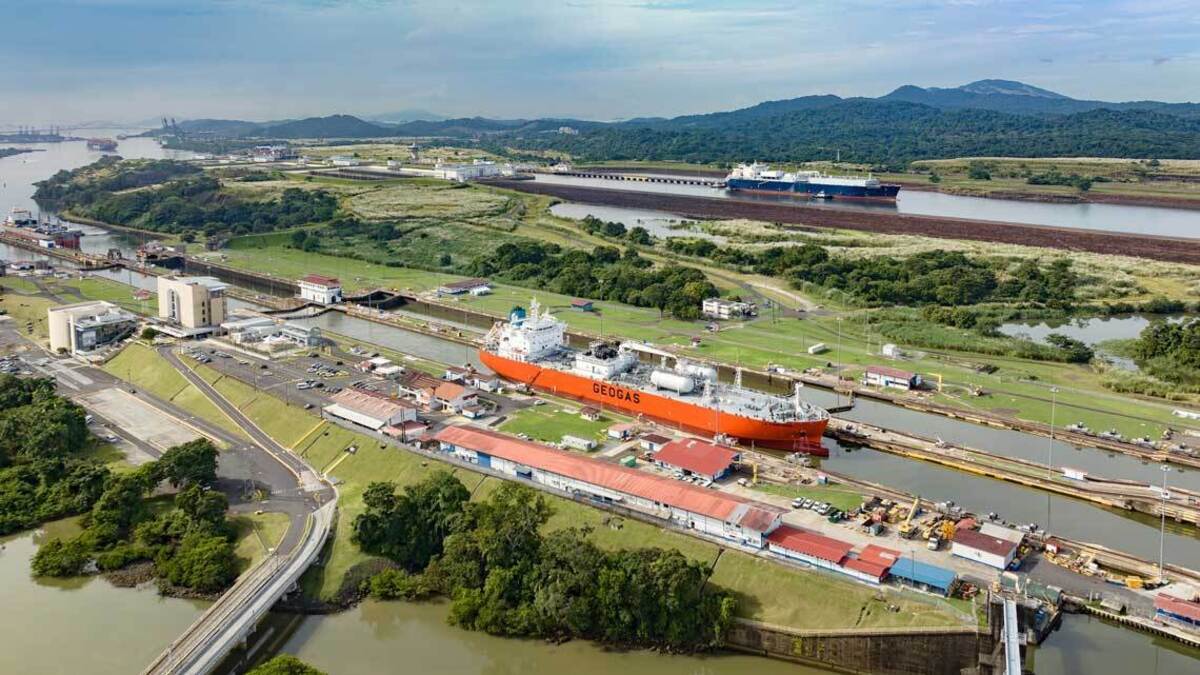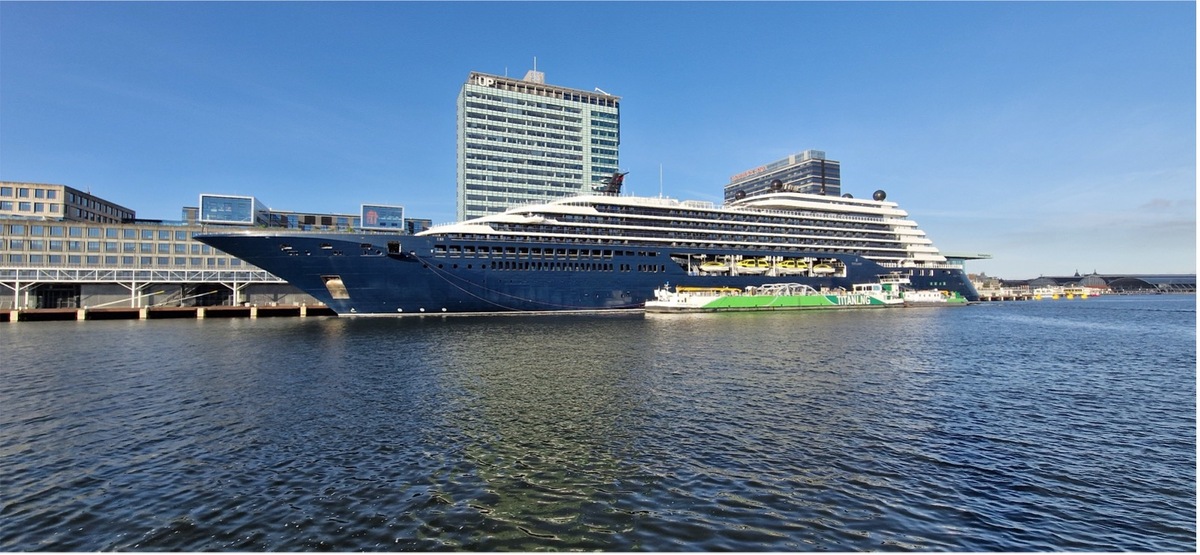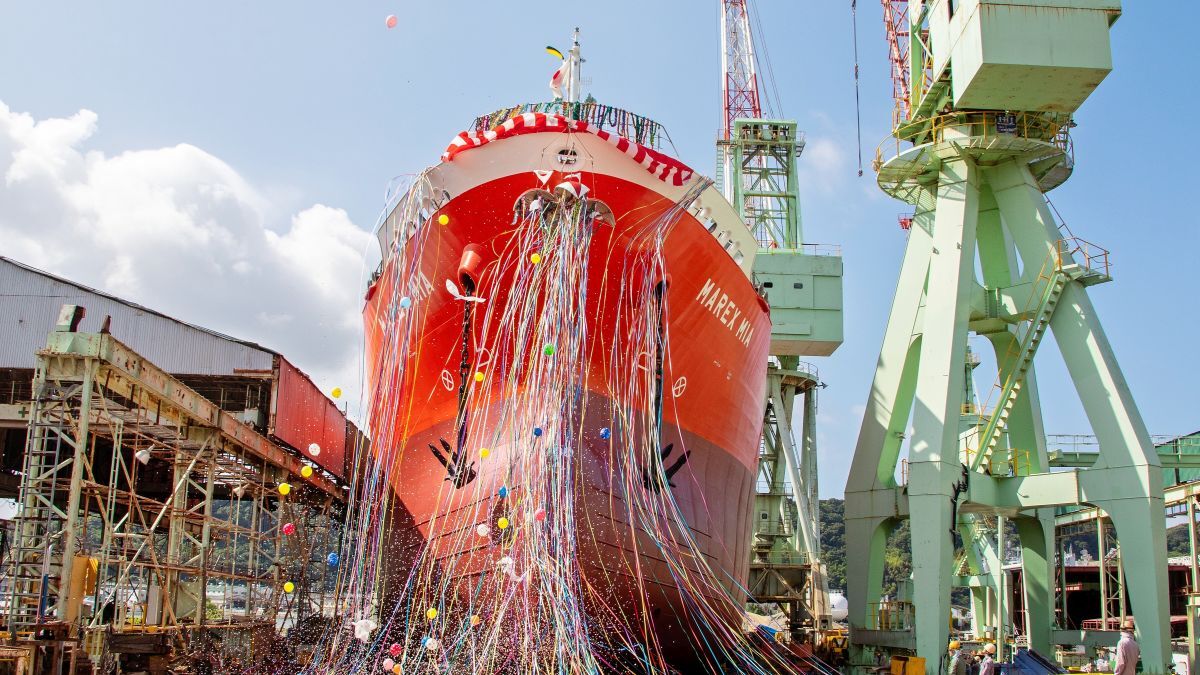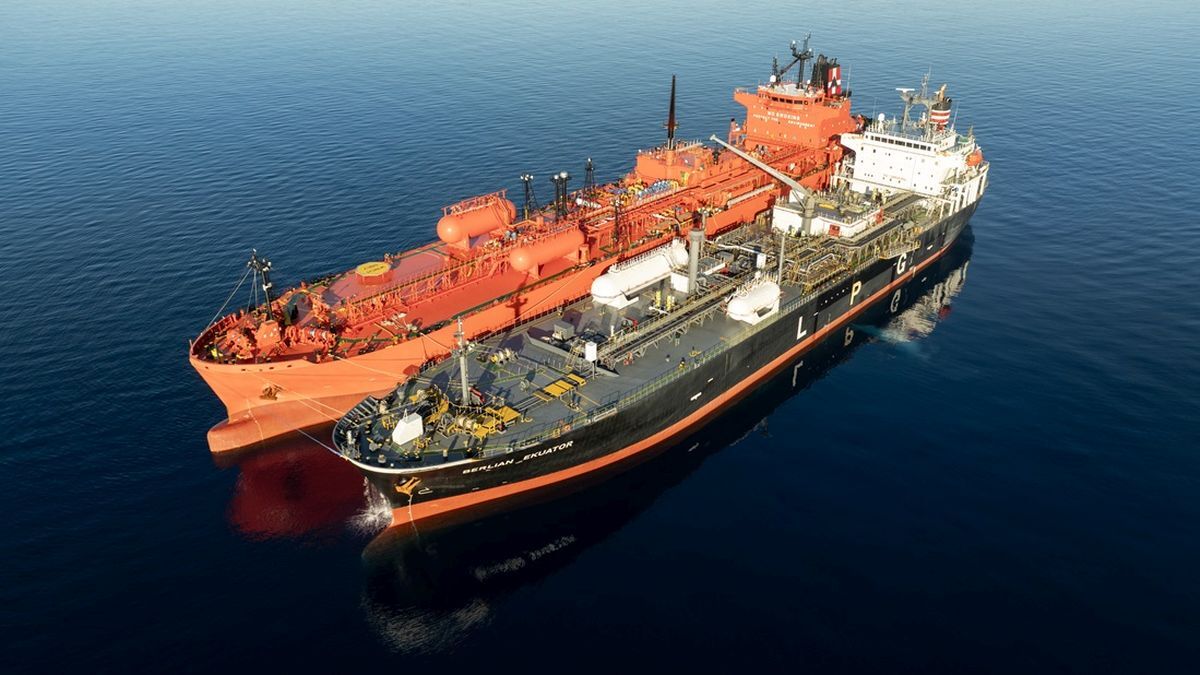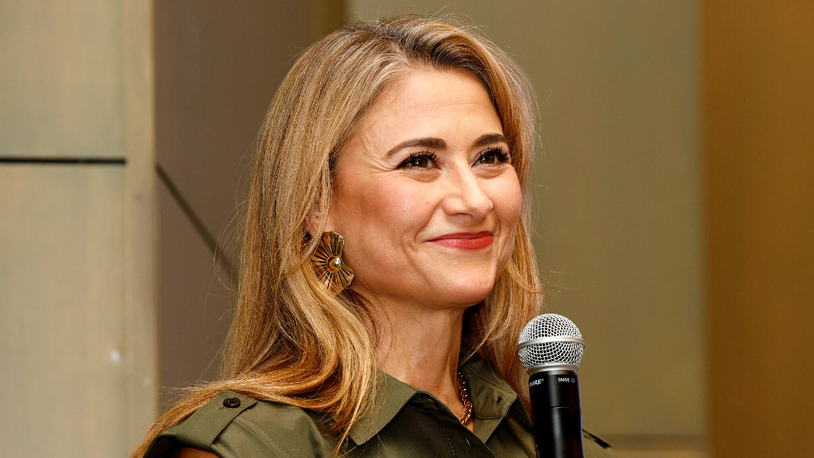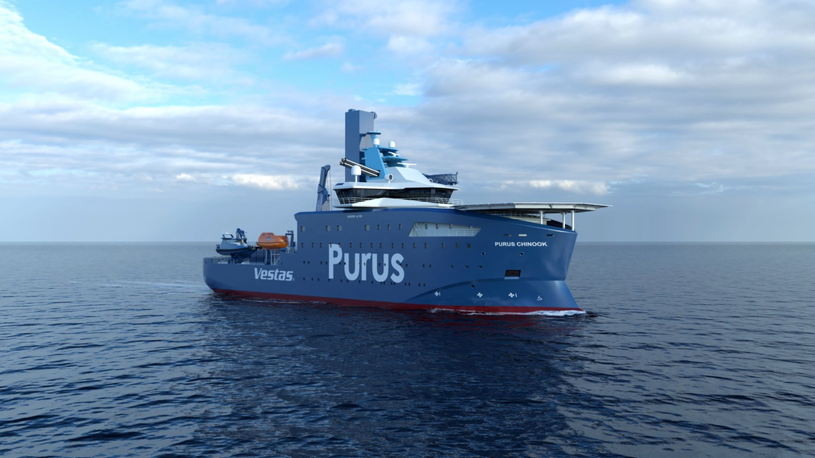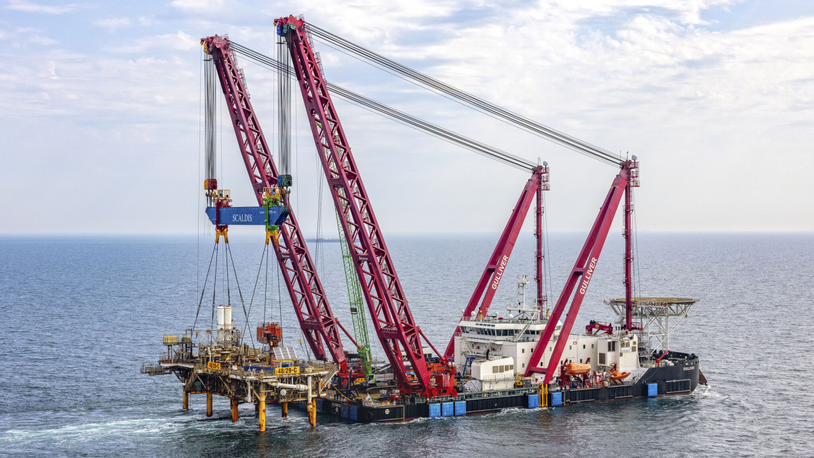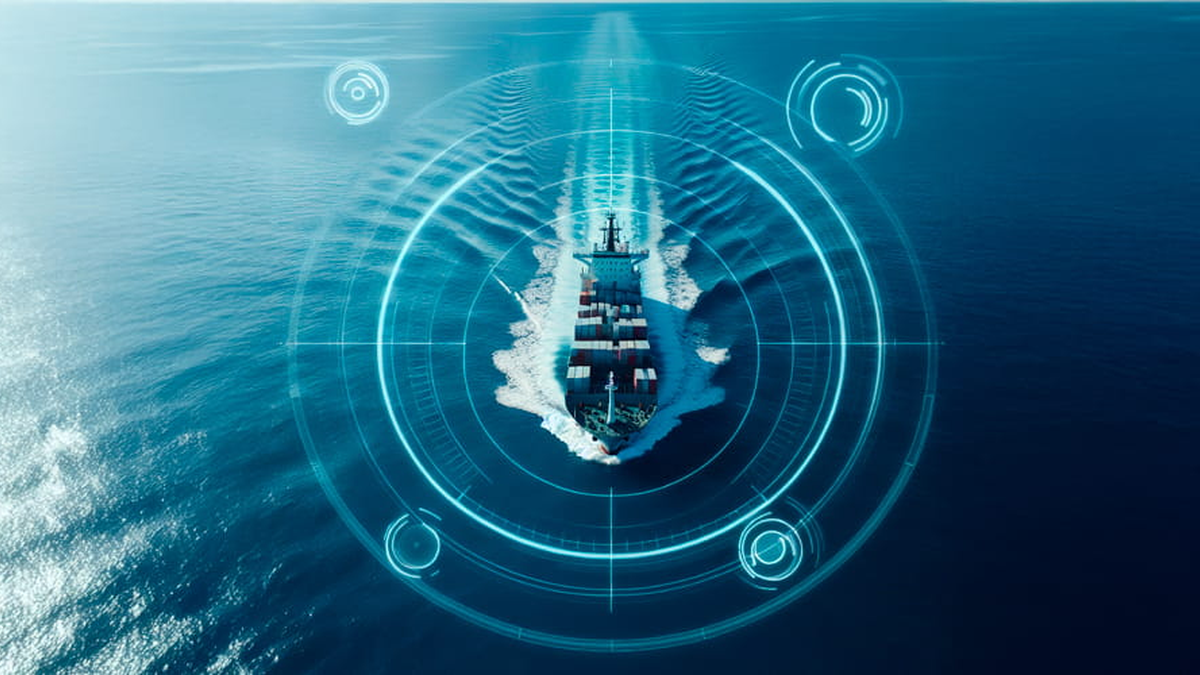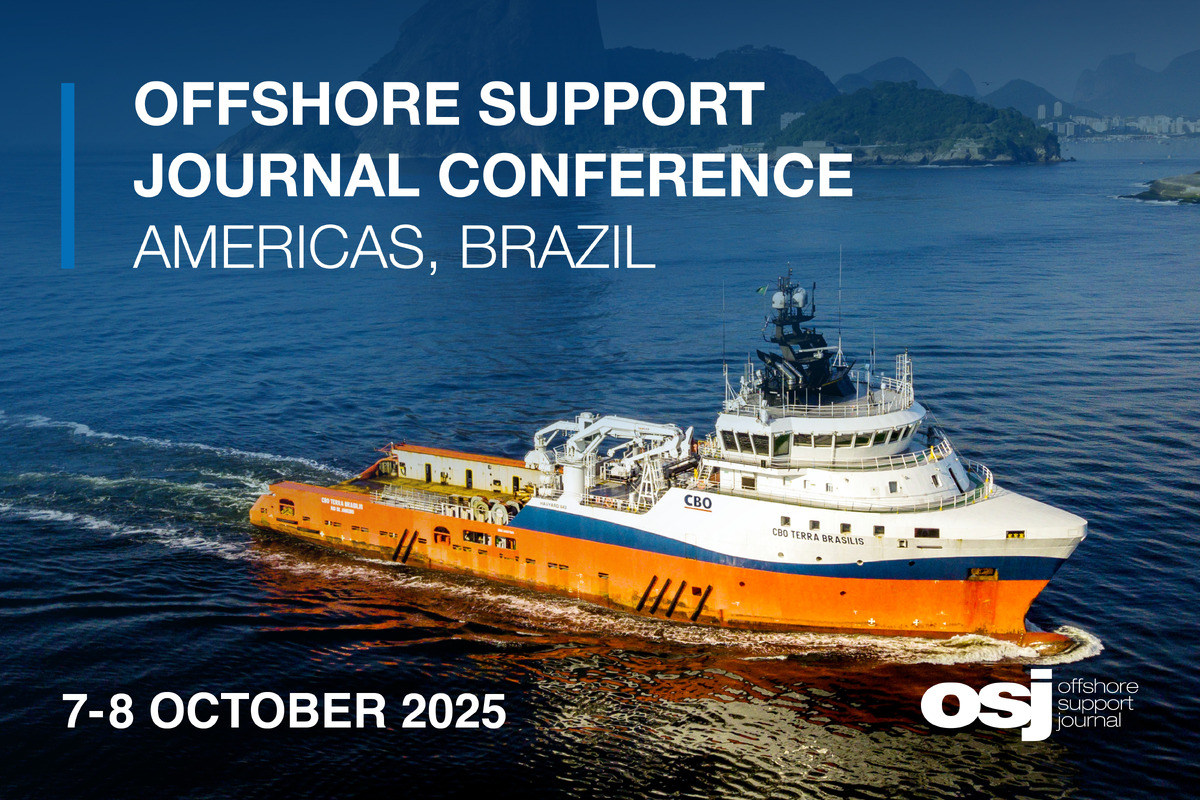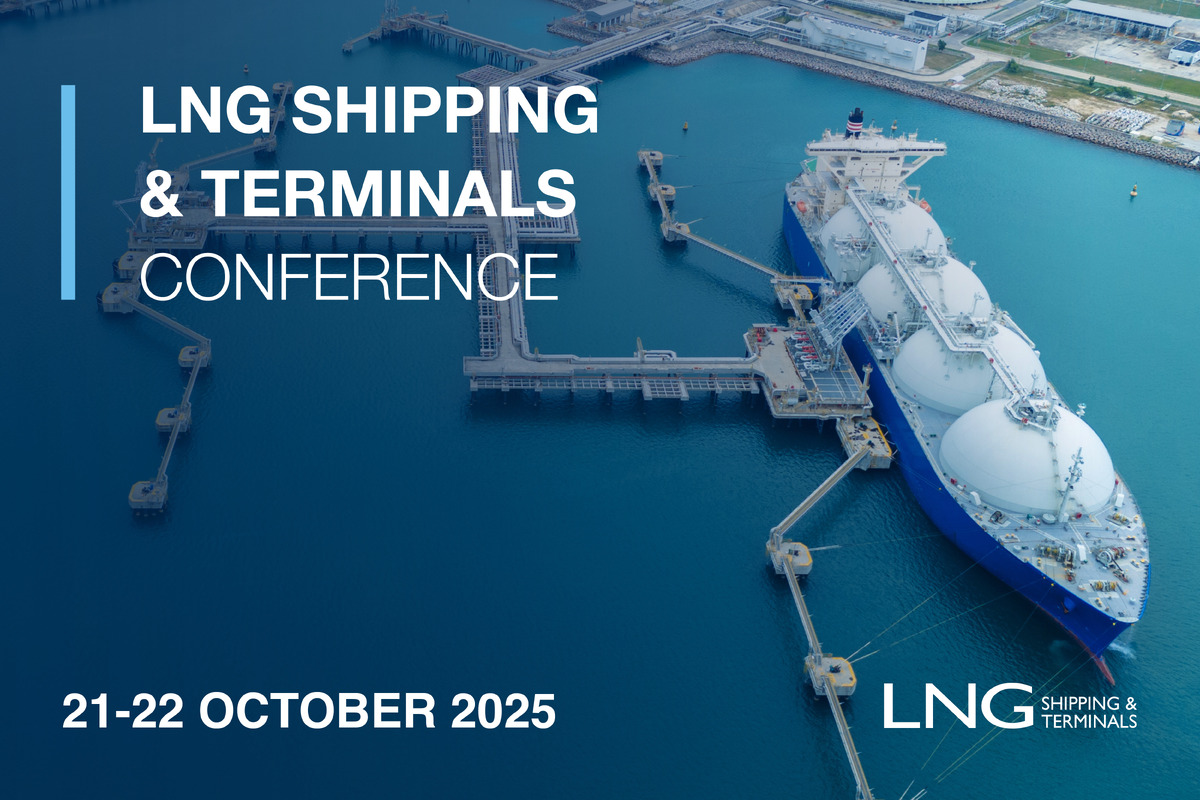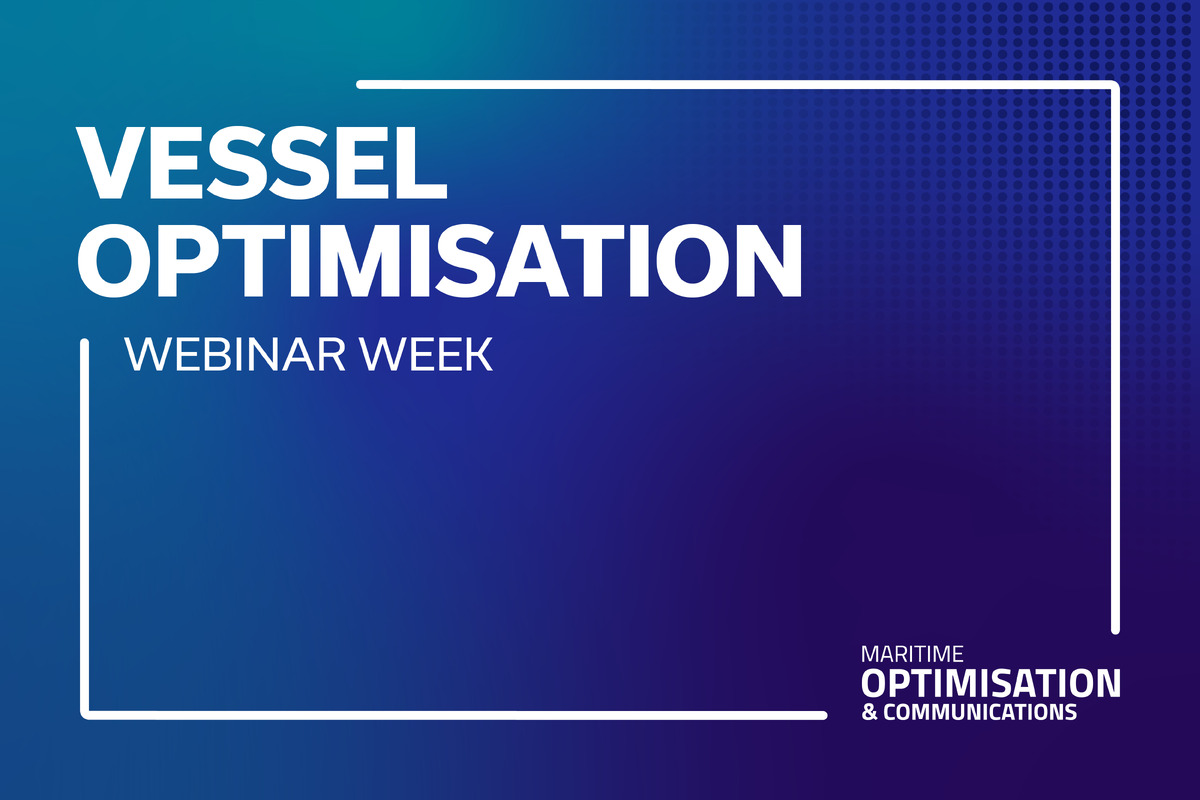Business Sectors
Contents
Even better times await: ‘true economics’ of strengthening OSV market ahead
Tidewater president and chief executive Quintin Kneen is ’excited by the next few years’, with offshore drilling activity to continue pushing day rates and vessel utilisation even higher over the next three years
Increasing offshore drilling rig activity will continue to push improvements in OSV day rates and utilisation underpinning a buoyant market for the next several years, with “2025 being another good year,” according to the chief executive for the world’s largest OSV owner.
Providing the keynote for the opening day of Annual Offshore Support Journal Conference, Awards and Exhibition, in London on 4 February, Tidewater president and chief executive Quintin Kneen said the current offshore support vessel market is in a rate normalisation period, with incremental investments in newbuilds.
“We have started to see utilisation and day rate levels increase, and that’s good,” said Mr Kneen. He said OSV owners are now “making much better money” than they have made in the past five to seven years, but it has still not reached the level of “justifying the investment” in newbuilds.
He explained his perspective, cautioning capital discipline, and reminding OSV owners not to forget the lessons learned from the prolonged downturn that began in 2013 when the price of oil slumped, and the market suffered from severe overbuilding and massive oversupply of tonnage.
Noting the period’s overzealous newbuilding, Mr Kneen said the industry wound up in a “difficult position. And these are long-lived assets. They take a long time to correct when we get into the wrong situation.”
This, in turn, led to a long painful period of rationalisation in the market, and the disposal and retirement of vessels at “a much younger age than we would otherwise ideally expect.” The damage caused by the downturn to mariners, shoreside staff, vessels, and lenders and investors should not be forgotten.
“We had never had a period where we laid up a mass number of vessels around the world.” Modern electronics on the vessels “didn’t withstand the layout process.” Employees, equity holders and debt providers didn’t fare well either.
Mr Kneen recalled a period in 2006, 2007 and 2008 when the OSV market was buoyant, money was cheap, China was anxious about creating a shipbuilding industry and owners saw incredibly high day rates. “We were selling vessels for more than we originally paid for them.” He said the return on investment on vessels was in the low teens. “That’s where we should be as an industry.”
While he sees today’s OSV market fundamentals as strong, he said the industry is still in a recovery stage, not a growth stage. “So, as you think about your building plan, …we don’t need a lot more vessels. We need to replace existing vessels as they deteriorate and become obsolete.” He cautioned the industry to “manage it accordingly.”
While geopolitical tensions create uncertainty, Mr Kneen sees the current supercycle strengthening over the next three years. “As we get into 2026 and 2027, we’re going to see the true economics of this industry reveal themselves. So, I’m very excited about the next few years,” he said.
“The world is going to need more energy than it can get its hands on,” he said.
Sign up for Riviera’s series of technical and operational webinars and conferences:
- Register to attend by visiting our events page.
- Watch recordings from all of our webinars in the webinar library.
Related to this Story
AI, digital twins help design cyber-secure, green SOVs
Events
Offshore Support Journal Conference, Americas 2025
LNG Shipping & Terminals Conference 2025
Vessel Optimisation Webinar Week
© 2024 Riviera Maritime Media Ltd.


